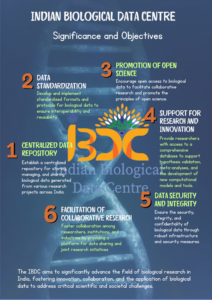The Fourth Industrial Revolution has the potential to change the world, but there are hazards involved in implementing it. Talk about the important topics to concentrate on in this context to help Indian businesses adjust to the rapidly evolving technology ...
Model Answer Introduction The S-400 Triumf, developed by Russia, stands as one of the most advanced air defense systems available globally. Its superior technological features have garnered significant international attention, establishing it as a benchmark for modern air defense. Technical SuperiorRead more
Model Answer
Introduction
The S-400 Triumf, developed by Russia, stands as one of the most advanced air defense systems available globally. Its superior technological features have garnered significant international attention, establishing it as a benchmark for modern air defense.
Technical Superiority
1. Range: The S-400 boasts an impressive maximum range of 400 km, far surpassing other systems like the US-made Patriot PAC-3, which has a maximum range of 180 km. This extended range enables the S-400 to neutralize threats much earlier and from greater distances, providing a strategic advantage.
2. Versatility: The S-400’s ability to counter a diverse array of targets, including aircraft, drones, ballistic, and cruise missiles, showcases its versatility. In contrast, systems like the MIM-104 Patriot of the USA primarily focus on aircraft and ballistic missiles, making the S-400 more adaptable to various combat scenarios.
3. Target Tracking: Equipped with the 91N6E radar, the S-400 can track up to 300 targets simultaneously, outperforming the US THAAD system, which can track around 125 targets. This superior tracking capability enhances its ability to respond to multiple simultaneous threats.
4. Altitude Coverage: The S-400 can engage targets at altitudes up to 30 km. For instance, it successfully intercepted a drone at an altitude of 27 km during tests, significantly outperforming France’s Aster 30 system, which has a maximum altitude of 20 km.
Conclusion
The S-400 Triumf’s unmatched range, versatility, superior target tracking, and altitude coverage make it one of the most technically advanced air defense systems in the world today. Its capabilities offer a significant edge in modern warfare, solidifying its global reputation.
See less


See less